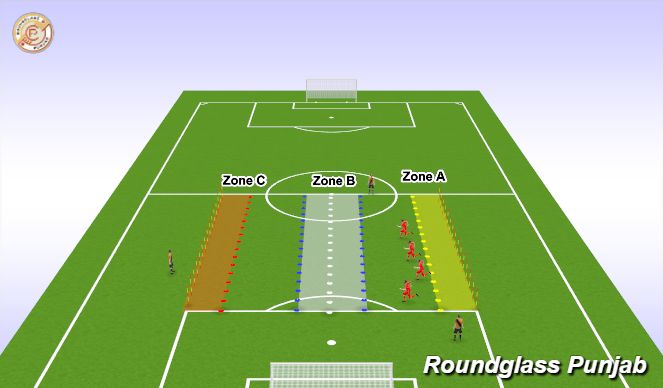Football/Soccer Session (Academy Sessions): 4-1-23 30-15 Intermittent Aerobic Test (Start Time: 2023-01-04 11:00:00)

Profile Summary

| Name: | Tsagkatakis Nikolaos |
|---|---|
| City: | Mohali |
| Country: | India |
| Membership: | Adult Member |
| Sport: | Football/Soccer |









 Play animation
Play animation Play step-by-step
Play step-by-step Repeat (toggle)
Repeat (toggle) Full Screen
Full Screen Pause
Pause Stop
Stop
Screen 1 (25 mins)
⚽Practice Organization
- It is important to note that whenever fitness testing is performed, it must be done so in a consistent environment (i.e. facility), so that it is protected from varying weather types, and with a dependable surface that is not affected by wet or slippery conditions. If the environment is not consistent, the reliability of repeated tests at later dates can be substantially hindered and result in worthless data.
- Facility – Consistent, flat and non-slip (minimum length 45m)
- Marking Cones
- Measuring tape (≥40m)
- 30-15 IFT audio CD or MP3
- CD or MP3 player with loudspeaker (volume of the speaker is particularly important).
- Performance recording sheet.
- Officiator recording the number of shuttles completed (explained in ‘Scoring’ section).
⚽Key Coaching PointsScoring System
The speed of the last stage the athlete completes is recorded as their test score. For example, if the athlete completes the 19km/h stage, but fails and drops out at stage 19.5km/h, then 19km/h is recorded as their performance score.